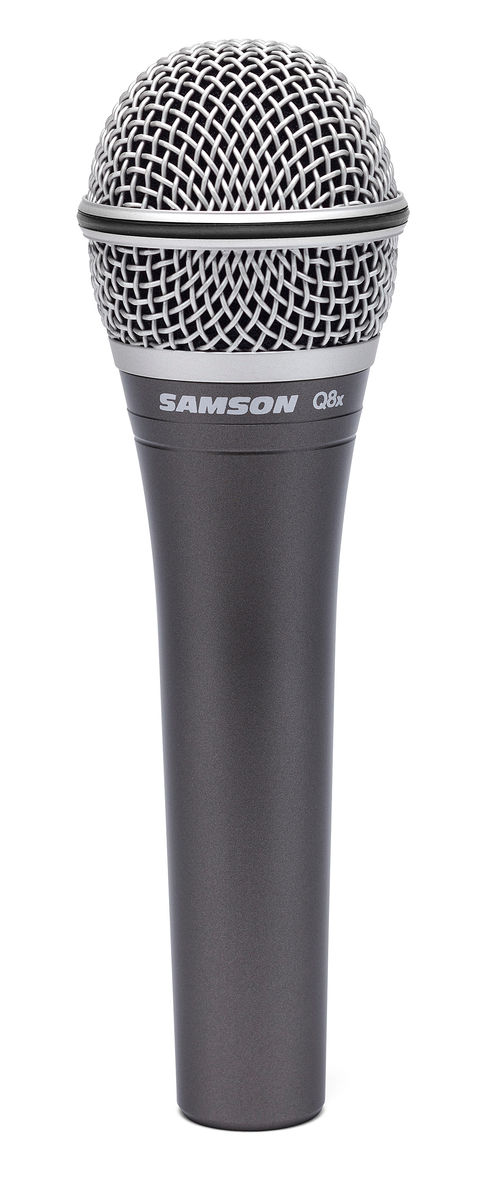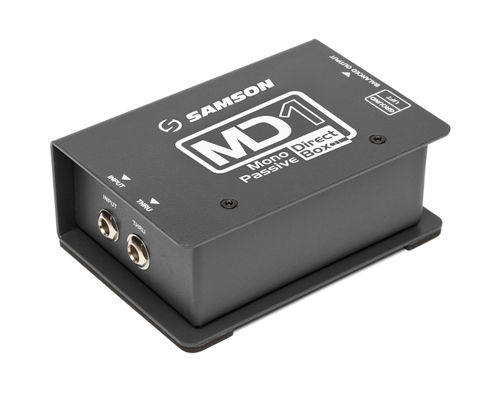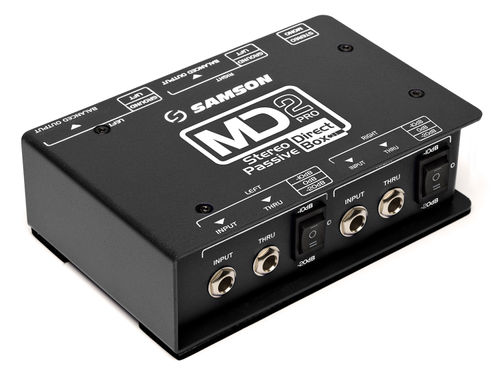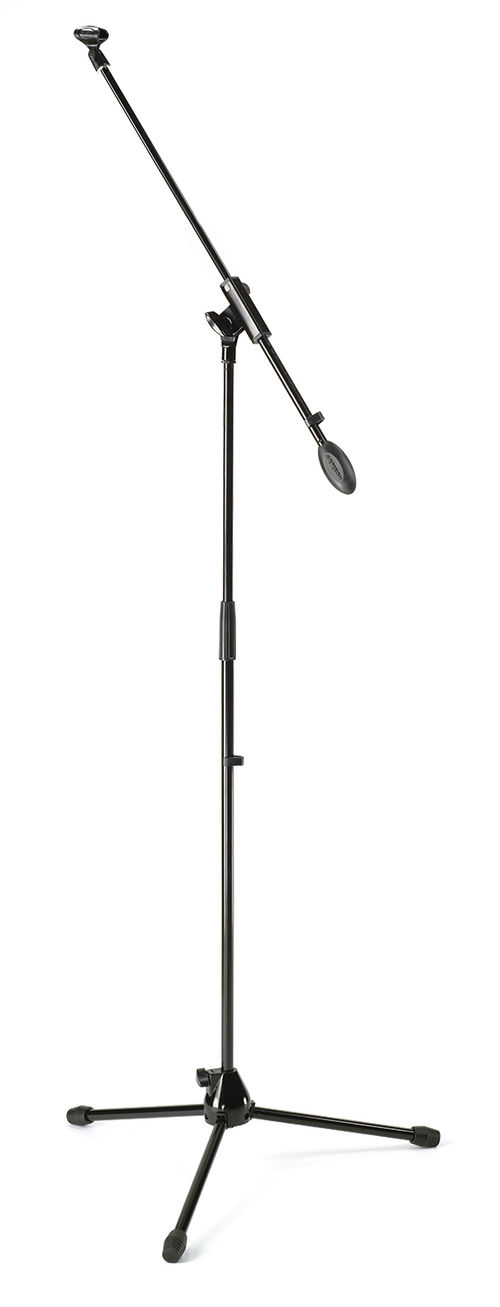Instrumental Soloists: Standing Out From the Band
Sound reinforcement is one of the most important aspects of a jazz band performance. Students and teachers work for countless hours on honing improvisation skills and learning to solo. When it comes time for that sax player to finally prove to the crowd that they’ve been working on their ii-V-I licks, you’ll want to make sure that they can be heard over the accompaniment! From types of mics to placement, here are some of my top tips to make sure that your ace trumpet student blows the crowd away.

Choosing a Microphone
Mics aren’t all created equally. When selecting a microphone, you’re going to want to pick one that is suited to the task. While you might have a condenser mic for recording somewhere in your band closet, for live use you’re most likely going to want to utilize a dynamic mic with a narrow pickup pattern. It can be tempting to use ‘the most expensive microphone you have’, but condenser mics can be very challenging to use with limited time for setup and even more limited professional audio staff. I don’t know about you, but I’ve had to ‘run sound’ for a bunch of my own concerts in the last few years. When that happens, ease of use and a ‘set it and forget it’ approach is what I’m looking for.A dynamic mic like the Samson Q8X ticks off both boxes as it’s a supercardioid dynamic. The lower sensitivity of the dynamic mic will allow you to handle the loudest player without distorting the mic. The supercardioid pickup (in the shape of a ‘squished’ heart) pattern will reject side noise and keep your sound focused only on what is directly in front of it. This will help younger players that don’t have as much experience playing ‘on mic’ just yet (not to mention it will help jazz band directors that don’t travel with a dedicated entire sound crew). You can use a single dynamic mic and have students rotate positions when needed, or pick up several –the low cost of dynamic microphones allows you to have a few in your gig bag to spread out for everyone!
Get Untethered
If you’re only dealing with a single soloist on each song (or you budget allows you to pick up a few mics) you might consider purchasing a dedicated wireless microphone for wind instruments. Mics like the AirLine AWX can be clipped directly onto the bell of a wind or brass instrument, allowing for a bit more freedom to move around the stage. These mics are also very close to the individual player, so your chances of picking up the ‘other’ players in a section are reduced. If you go this route, just be sure the wireless mic is designed specifically for brass (as the AirLine AWX is) as you’ll want features like shock mounting and high SPL (sound pressure level) compatibility to ensure that even the loudest players get heard clearly and without distraction.
Keys, Guitars, and Bass
You could use a microphone and place it in front of an amp to pick up your keyboard, guitar, or bass soloists –but you might want to consider a direct box if you want to keep feedback to a minimum! Direct boxes allow you to capture the output of an instrument and route it to both the instrument’s amp as well as the PA/sound system you’re using for your concert. The MD1 direct box can work on a single mono signal like the output from an electric bass or guitar pedalboard. The signal will get ‘split’ and you can send the sound to the player’s amp for them to hear, but also to the sound system by the way of a standard XLR cable (like the one you’d use for a microphone). If you’ve got a stereo sound source (like a high-end keyboard) you can pick up a stereo direct box like the MD2 Pro to handle sounds with L/R signals.If your guitarist isn’t using any pedals AND the amp doesn’t have a ‘direct output’, then you’ll want to stick with micing the amp. You don’t want to route the signal of a bare electric guitar through your PA speakers, it will not likely sound good!
Don’t Forget the Accessories!
Mics don’t float in the air (YET), so you’re going to want to pick up enough mic stands to handle the number of mics you plan to use. Boom stands like the Samson MK5 are ideal for jazz band soloists because mic placement is going to be important. Not all wind instruments produce sound from the bell or from the same place! Having the ‘boom arm’ will allow you to get an angle that is optimal for your specific instrument that you’re micing. For a flute, for example. You’re going to want to be about 18 inches away, but centered around the middle of the instrument. The sound is not necessarily coming out of the end (although you can get a little more breath if you move it closer to the headjoint). For trumpets and trombones, the bell is the way, and the closer the player is to the bell, the more you can lower the ‘gain’ on the mixer and keep feedback on stage to a minimum. Finally, for your sax players, you’ll want to utilize the bell as well – but tailor the distance to the type of sax. Putting the mic too close to, say, an alto sax, will give you a sound that might be brighter than you want for that instrument. Much of this type of placement flexibility just isn’t possible with a ‘straight’ stand, which is why I always recommend utilizing a boom stand for soloists.





